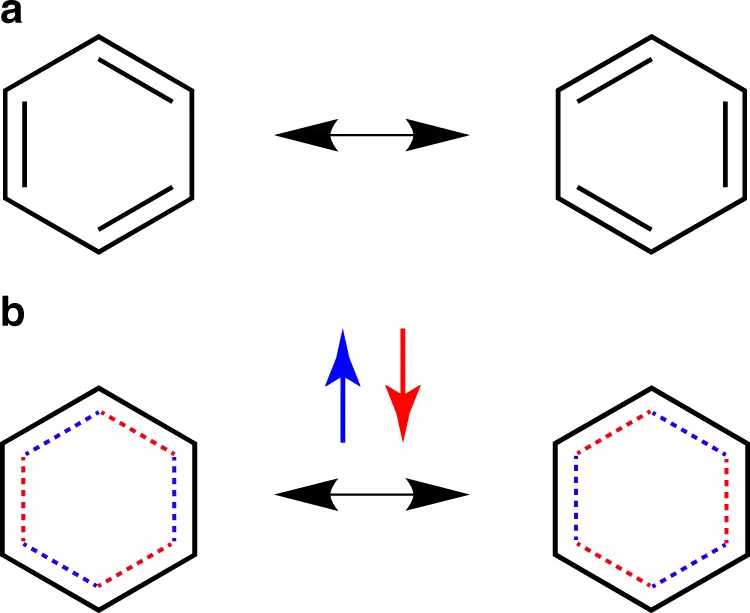Resonance is like a secret code between objects and forces that makes things move in exciting ways. Imagine you’re on a swing, and every time you reach the highest point, your friend gives you a little push. If your friend pushes you at just the right moment, you swing higher and higher. That’s resonance in action!
It’s all about finding the perfect timing or frequency that makes something vibrate or swing with the biggest motion possible. From the strings of a guitar to the bridges we cross, resonance is a magical concept that surrounds us every day.
Understanding Basic Concept
Before we become resonance detectives, let’s talk about simple harmonic motion (SHM), a fancy term for something moving back and forth in a special way. It’s like a pendulum swinging or a spring bouncing up and down. These movements are the building blocks for understanding resonance.
Recommended Reading: PROGRAMMING FOR KIDS: 10 BENEFITS
To get a feel for SHM, think about these examples:
- A toy car bouncing on a spring.
- A swing moving back and forth.
- A bell rings after you hit it.
Watching these things move helps us see patterns in how things swing or vibrate. It’s like they’re dancing to their beat!
Introducing Resonance
Now that we’ve seen how things move, let’s discover how resonance makes those movements bigger and better. Resonance happens when something’s natural dance rhythm matches up with an outside force, making it swing or vibrate even more.
Here are some cool ways to see resonance in action:
- Swinging higher when pushed at just the right time (like our swing example earlier).
- Making music by blowing over the top of an empty bottle.
- Find your favorite radio station by tuning the dial until the signal is clear and strong.
These examples show us how matching vibrations can lead to amazing results, from fun at the playground to beautiful music.
Recommended Reading: CODING FOR KIDS: WHY SHOULD EVERY CHILD LEARN TO CODE?
Exploring Real-Life Examples
Understanding the theory of resonance can also help us learn from the world around us. For instance:
- The Tacoma Narrows Bridge disaster, where wind made the bridge wobble until it broke. It’s a reminder of how powerful resonance can be.
- Singers shattering glass by hitting the perfect pitch that matches the glass’s natural frequency.
- Buildings shake during earthquakes because the ground’s shaking matches the building’s natural sway.
These stories help us see the importance of knowing about resonance, so we can make things safer and more fun.
Hands-On Activities
The best way to learn about the theory of resonance is to try some experiments yourself:
- Create your pendulum with different lengths of string and see how the swinging changes.
- Play with tuning forks to discover how sounds can match and make each other louder.
- Build simple circuits to see electrical resonance in action, like making a light bulb shine brighter.
Conclusion
The theory of resonance is a fascinating journey into how things move and interact. By exploring, experimenting, and learning from the world around us, we can uncover the secrets of resonance. This journey not only fills us with wonder but also teaches us important lessons about how the world works. So, let’s keep our curiosity alive and continue exploring the amazing phenomenon of resonance!
Moonpreneur is on a mission to disrupt traditional education and future-proof the next generation with holistic learning solutions. Its Innovator Program is building tomorrow’s workforce by training students in AI/ML, Robotics, Coding, IoT, and Apps, enabling entrepreneurship through experiential learning.


























But why is it important to know about resonance?
Understanding resonance helps engineers build strong bridges, musicians create beautiful sounds, and even doctors use it for medical imaging!